Options to see responses on Google Forms
- View summary of responses
- View responses by question
- View responses by individual
- View responses in a Google Sheet
You’ve gone to the trouble to build a Google Form for recipients to fill out, and you’ve sent it out to them. Now you want to see how people responded to it. But how do you see responses in Google Forms? And then how do you turn survey responses into actionable data?
Google Forms has several different methods for viewing response data. This article goes through four methods of viewing response data, how that data is organized, and an alternative to Google Forms that could further enhance your data collection and analysis.

Looking for the best alternative to Google Forms?
Jotform’s full-featured form-building solution is mobile-friendly and has the most integrations in the industry. Use it to collect payments, automate workflows, gather leads, and more.
Summary of responses
To view the submissions to your form, open the form and click on the Responses tab. The default view is the Summary tab, which shows you an overview of all the responses. The responses to multiple choice questions are shown as a pie chart.
For example, if you have a question such as, “What is your favorite color?,” the Summary tab shows you the percentage of respondents who selected each option.

Responses by question
The Question tab in Google Forms shows a summary count of all responses to a given question.

This view could be helpful if you’re looking for any data that overlaps. For example, if you’re asking for scheduling availability and 20 responses request 3:30 p.m. and only two responses request 4 p.m., you could ask those two people if they can make 4 p.m. work.
Responses by individual
The Individual tab shows each individual respondent’s answers to your form. By default, it doesn’t identify who the individual is. You can solve this issue by adding a name field or assigning some other unique identifier.

You can also set the form to automatically collect email addresses from respondents in the Settings tab, under Responses, by selecting an option under Collect email addresses.

Viewing responses by individual is useful when creating registration forms or quizzes using Google Forms, where viewing the data by individual is an ideal way of analyzing the data.
How to view responses in a Google Sheet
To view responses in Google Sheets, navigate to the Responses tab and then click Link to Sheets next to the Google Sheets icon. This will let you view all of your data from every field in one environment.
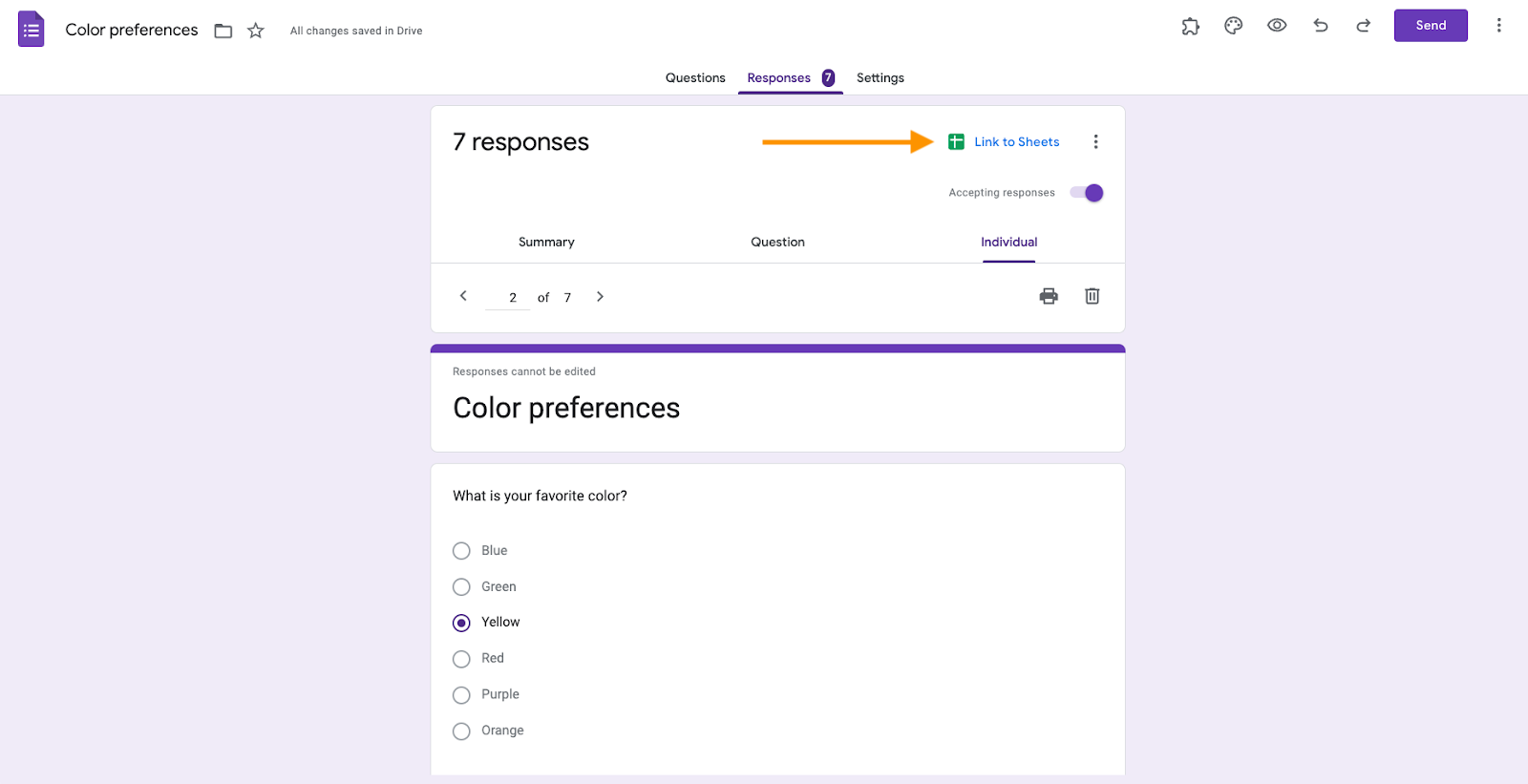
Once your responses are populated into a Google Sheet, you can manipulate the data any way you see fit, such as by creating graphs and pivot tables or by sorting the data by any column heading you choose. If anyone sends in new responses to the form later, Google automatically updates the sheet with the new responses.
Reasons to download responses as a CSV file
Another feature of the Responses tab is the ability to download all form responses into a CSV (comma separated value) file. This is helpful if you need to send your responses to another location, possibly via FTP or email.
CSV is simply a text file format where the data for each respondent is separated by commas. Since CSV files are text, it’s easy to compress a CSV file and to send it off to another location. CSV files also easily convert to spreadsheet formats like Microsoft Excel for further data manipulation.
An alternative to Google Forms
Jotform is a great alternative to Google Forms, allowing you to build forms quickly and integrate them with 100-plus third-party applications. It also offers 10,000-plus prebuilt form templates that you can customize to meet your exact needs.
Viewing your responses is also a breeze with Jotform Tables. You can view the table itself, which is similar to a spreadsheet format. By moving your mouse over a row and clicking the View button, you can view a card summary of that individual record.
All submissions to a Jotform form automatically populate in Jotform Tables. You can also customize tabs to add different views of the data alongside your submissions tables, so you can easily view raw response data and actionable reports in one place. Tabs also give you the ability to view your data as a table, card, or calendar.
Jotform Tables gives you three download options for your data: Excel, CSV, or PDF. The tables are also shareable — you can share a link that will allow other viewers access to your table according to the permissions that you set. You can also sort and filter table data by submission ID, email, or other custom fields.
There are numerous use cases for Jotform Tables that only scratch the surface of this tool’s capabilities.
Two powerful tools
Google Forms — combined with Google Sheets — is a great tool for collecting and viewing data. Jotform is a powerful tool that expands on these capabilities, giving the user greater control of data download formats, reporting, and tab customization.
These tools can also work together, as you can extract data from each and import it into the other. Jotform even offers a direct Google Sheets integration, so you can send your Jotform submission automatically to Google Sheets. By leveraging these two powerful platforms, users can streamline data collection and go quickly to data organization and visualization in just a few steps.
Photo by Eliott Reyna on Unsplash





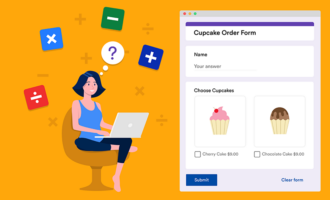


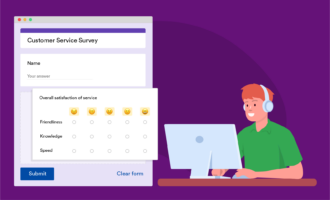
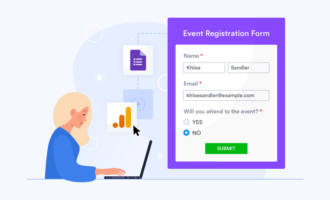

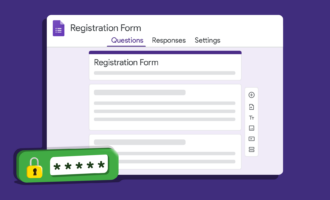








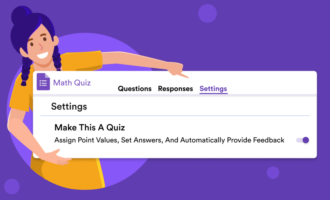


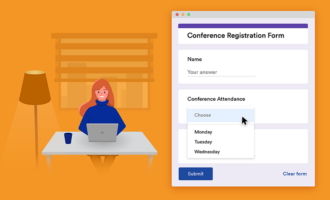
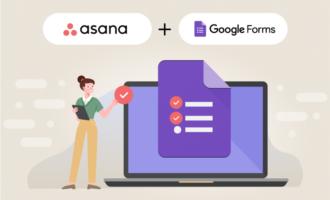








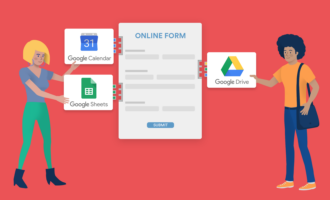

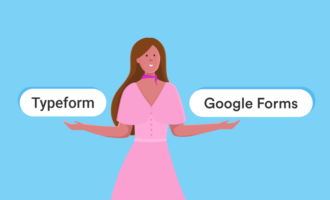


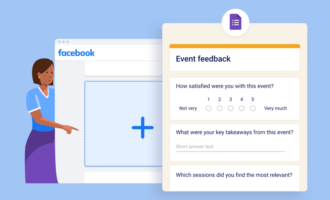
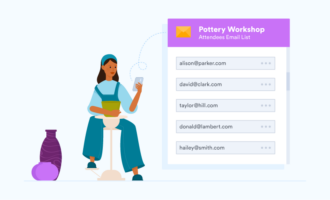















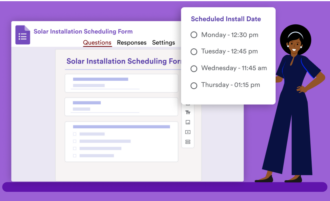



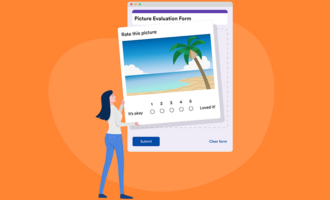
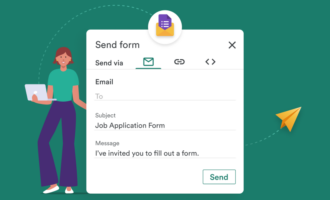

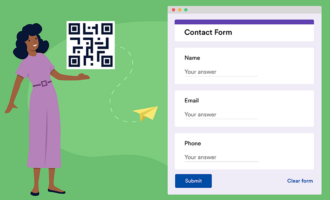




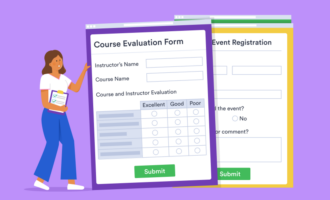








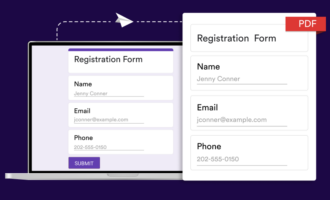






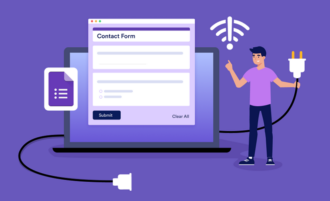






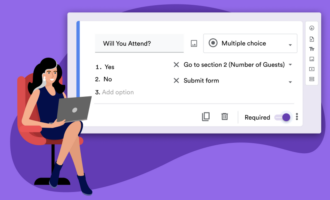



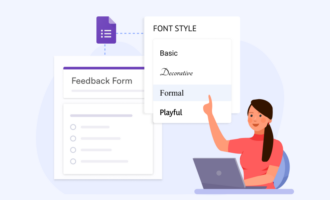
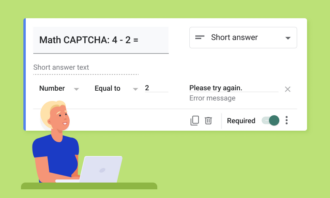







Send Comment: